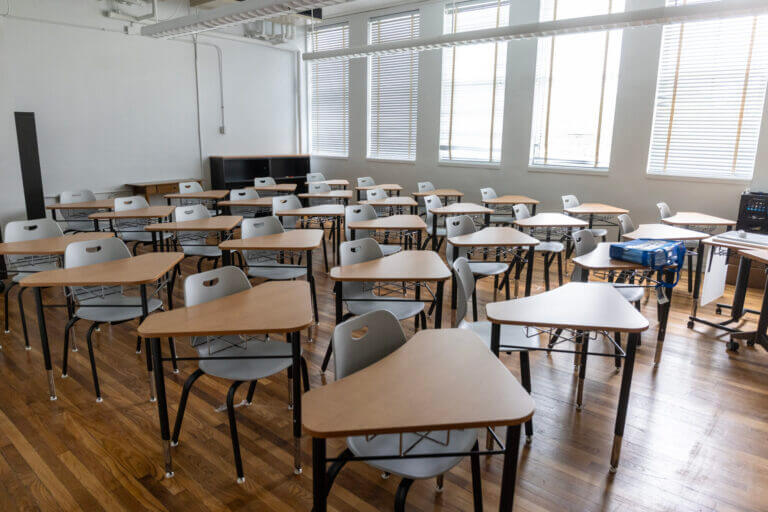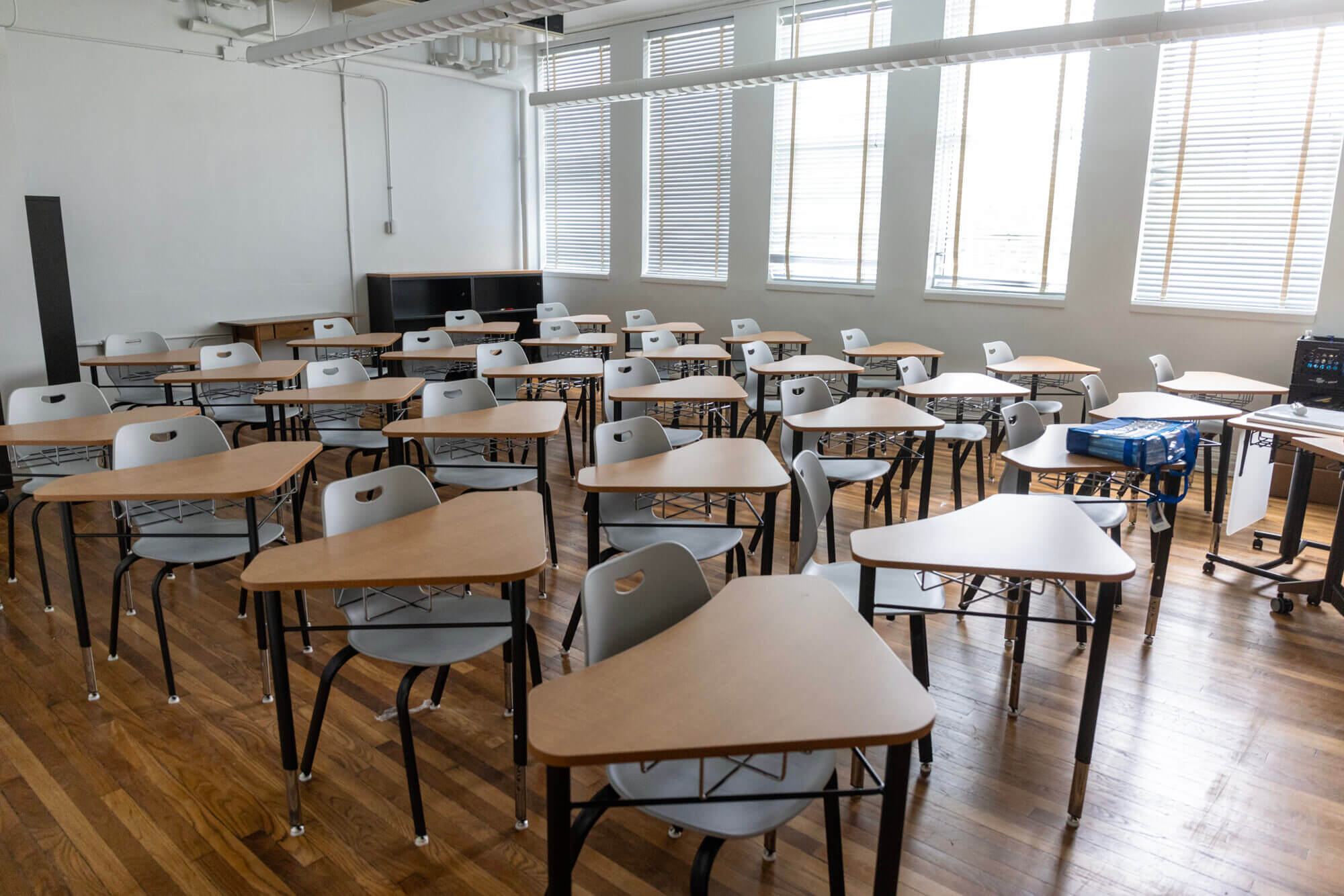

More than a quarter of Mississippi students are chronically absent from school.
A new report from the Mississippi Department of Education revealed that rates of chronic absenteeism, defined as missing at least 10% of the year or 18 days of school, are on the rise.
While chronic absenteeism rates decreased slightly for middle and elementary schools, overall the percentage has more than doubled from 13% during the 2018-19 school year to 27.6% during this past school year, or 120,408 students. The increase is largely due to a huge uptick among high schoolers — a 9% increase in the past two years — especially toward the end of the year when some students are exempt from exams.
It’s not a Mississippi-specific issue, State Superintendent Lance Evans stressed at Thursday’s state Board of Education meeting. Nationwide, chronic absenteeism rates nearly doubled during the COVID-19 pandemic. The U.S. Department of Education reports that 28% of students were considered chronically absent during the 2022-23 school year.
But the report comes at a precarious time for the state’s public education system. After years of huge academic gains, Mississippi students have slipped slightly in some areas, recent tests show. Absenteeism is directly tied to student achievement — when students miss school, they miss essential instruction time. It can add up, leaving chronically absent students far behind their peers.
That’s why the agency is working hard to combat it, Evans said.
“We already have a plan moving forward,” he told state board members on Thursday. “We’re beefing that up even more.”
Legislators have increasingly expressed concern about the state’s chronic absenteeism rate. Evans said at the meeting that Lt. Gov. Delbert Hosemann is particularly interested in the numbers, and lawmakers heard the agency’s strategies to get more students to school at a Senate Education Committee meeting last week.
Mississippi Department of Education officials told senators that moving forward, the agency would implement consistent systems for documenting absenteeism, focus on graduation success rather than dropout prevention and build outreach systems to intervene earlier when students start missing school. Evans said at the board meeting that the agency’s plan also calls for more personnel and an overhaul of the office that oversees attendance.
The report also said the agency is encouraging districts to “adopt recognition programs to reinforce positive attendance habits, build partnerships with health care providers, provide flexibility for families facing extenuating circumstances.” It is also asking them to “implement grade-specific supports — such as advisory periods, peer mentoring, and career or technical pathway connections — to strengthen engagement among older students.”
The merits of engaging families on the importance of getting their child to school is clear because of the low absenteeism rates among younger students, the report notes. By grade, chronic absenteeism is lowest in Mississippi in the fourth grade, steadily decreasing each year from kindergarten. But as students advance into higher grades, rates go up again, hitting a peak in the 12th grade.
Senators were especially concerned about the 12th-grade numbers and asked the state education agency to prioritize making senior year more about college and career preparation, so students would take attendance more seriously. Some districts permit seniors who aren’t taking a full load of classes to leave school during the day.
That was shocking news for Sen. Hob Bryan, a Democrat from Amory, who conveyed his disappointment to education officials at the committee meeting.
“It seems to me that what we’re doing … is signaling to students it’s not really important to come to school,” he said. “We’re shifting from the concept of, there’s an infinite number of things to learn … to something that is so focused on the requirements and testing.”
Districts with the lowest chronic absenteeism rates in the state, all lower than 15%, are Okolona School District, Jefferson County School District, East Jasper School District, New Albany Public Schools and Rankin County School District.
Jackson Public Schools, despite its chronic absenteeism rate of 37.7% district-wide, has the lowest school-specific rate in Mississippi. Just 2.5% of students at McWillie Elementary School are considered chronically absent.
The state’s highest chronic absenteeism rates are in Claiborne County Public Schools, Moss Point School District, Simpson County School District, North Panola School District and Holly Springs. Nearly half of students at the districts are considered chronically absent.
Smaller schools in districts with high-poverty rates have higher chronic absenteeism rates, data show.
Superintendents for three of Mississippi’s four school districts under state control — all in areas with large low-income populations — gave presentations to state Board of Education members Thursday, directly tying chronic absenteeism to their academic struggles.
Stanley Ellis from Humphreys County said the school district was incentivizing attendance with ice cream socials, “dress down days” and recognition for students with perfect attendance.
Yazoo City High School saw a surge in absenteeism at its high school and a 20-point drop in graduation rates, said Superintendent Earl Watkins. He stressed that improving the numbers will require a shift in perspective among parents and community members about the importance of attending school and staying the whole day.
“Parent liaisons are calling home when kids aren’t at school,” he said. “We need to change the mindset around kids needing to be at school every day.”
- People protest Deep South immigration crackdown as Gov. Reeves speaks at Madison restaurant - December 3, 2025
- ‘Running the ball’ with the winningest Delta football team - December 3, 2025
- Barry White is tapped as next leader of Mississippi Archives and History - December 3, 2025